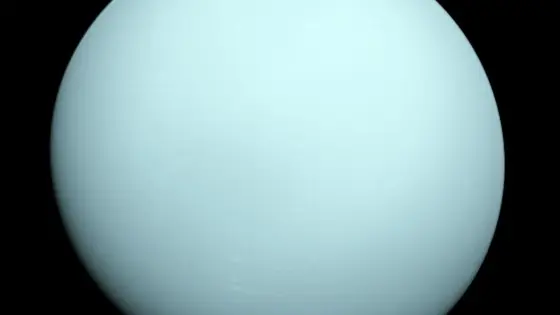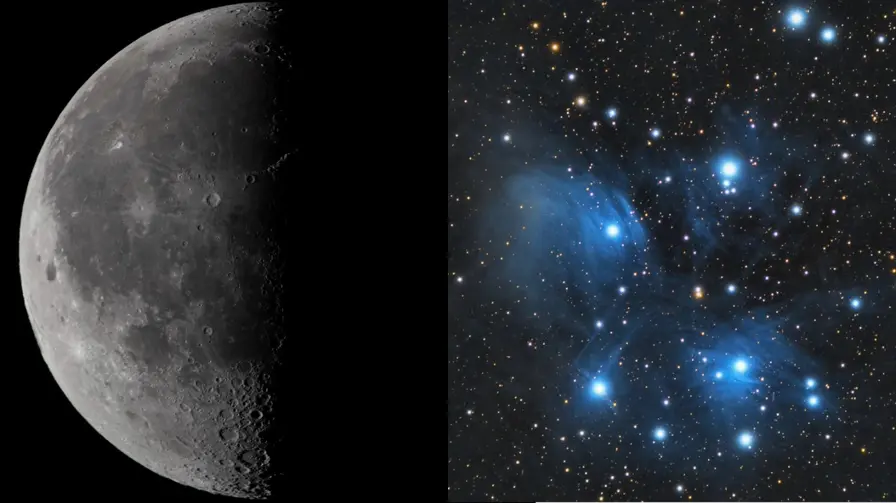T4K3.news
New Uranus moon spotted by Webb
A tiny moon, S/2025 U1, may influence Uranus' inner rings and marks a further step in Webb's planetary discoveries.

The James Webb Space Telescope has spotted a tiny new moon of Uranus that may influence the planet’s inner ring system.
Webb telescope uncovers tiny Uranus moon shaping inner ring dynamics
The James Webb Space Telescope has spotted a new moon, designated S/2025 U1, about six miles wide, orbiting Uranus at roughly 35,000 miles from the planet’s center. It sits between the small moons Ophelia and Bianca, part of Uranus’s busy inner moon family. The find raises Uranus’s known moons to 29 and follows a 2023 discovery of another faint moon. The detection comes from Webb observations focused on the planet’s rings; the team cautions the result has not yet cleared peer review. NASA announced the result publicly, underscoring how fast space science moves today.
Scientists say the tiny moon could help explain the rings’ tight structure. The inner ring edges remain puzzling, and unseen shepherd moons in the 4–14 kilometer range are a likely explanation. Naming will require approval by the International Astronomical Union; if approved, the nearby 2023 moon may receive the name Violenta after a Shakespeare character. The discovery also hints that more faint moons lie hidden near Uranus, kept in check by gravity and the planet’s faint glare.
Key Takeaways
"Many of their structures, especially the sharp edges of 10 rings, remain unexplained."
Maryame El Moutamid on ring structure
"This new moon likely helps create the rings we see around Uranus."
Scott Sheppard on the moon’s role in rings
"Uranus has another Moon!"
NASA public post reacting to the discovery
This discovery highlights how modern space science often moves faster than traditional gatekeepers expect. Webb’s image of a six-mile moon shows the power of high sensitivity in crowded planetary environments, but the news is still preliminary. The mix of excitement and caution reflects a healthy scientific process: more observations are needed, and an official name may come only after formal review. The find also nudges us to think about what we cannot see. If many tiny moons exist, they quietly shape the rings through gravity, not drama.
Highlights
- We are not sitting on this one
- This new moon likely helps create the rings we see around Uranus
- Hidden moons close to Uranus are probably common
- Seeing faint moons requires extremely long exposures
Uranus keeps offering fresh prompts for what we still do not know.
Enjoyed this? Let your friends know!
Related News

New tiny moon found around Uranus

Webb finds new Uranus moon

Tiny moon around Uranus discovered

NASA spots new Uranus moon

Hidden Moon Found Around Uranus

Tiny Uranus Moon Expands Our View Of Uranus Moon System

Tiny Moon Found Around Uranus by Webb

Nearby star may host a new world
